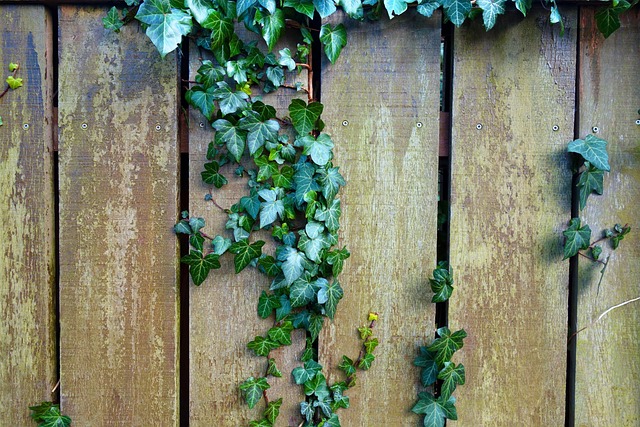DIY Fence Installation: A Comprehensive Guide for New Bedford Homeowners
Are you considering a DIY fence installation project in New Bedford, Massachusetts? This comprehensive guide offers a step-by-step approach to help homeowners successfully construct their own fences. From planning your project, including measuring and obtaining necessary permits, to selecting the ideal materials suited for the local climate, we provide valuable insights. We’ll walk you through each stage of installation and offer maintenance tips to ensure your fence remains safe and secure. Get ready to transform your outdoor space!
- Planning Your Fence Project: Measuring and Permits
- Choosing the Right Fence Material for New Bedford Climate
- Step-by-Step Guide to DIY Fence Installation
- Tips for Maintenance and Safety Considerations
Planning Your Fence Project: Measuring and Permits
Before you begin installing your new fence, careful planning is essential to ensure a smooth and successful project. The first step in this process involves measuring the perimeter of your desired fence line accurately. Use a tape measure to take multiple measurements from various points along the intended route, accounting for any curves or changes in elevation. This data will help you determine the exact length of fencing material needed, ensuring you purchase the right amount.
Additionally, research and understand New Bedford, Massachusetts’ local regulations regarding fence installation. Obtain any necessary permits from the relevant authorities to ensure your project complies with building codes and zoning restrictions. Checking these requirements early on saves time and potential headaches later in the process.
Choosing the Right Fence Material for New Bedford Climate
When considering fence installation in New Bedford, Massachusetts, selecting the appropriate material is key to ensuring longevity and aesthetic appeal. The region’s climate presents unique challenges, with cold winters and hot summers, not to mention occasional coastal storms. Opting for weather-resistant materials like vinyl or treated wood is advisable. Vinyl fences are low-maintenance and can withstand harsh weather conditions without warping or cracking. They come in various styles and colors, allowing homeowners to match their preferences while ensuring the fence remains durable. On the other hand, pressure-treated wood is another excellent choice, offering resistance to rot and insects, common issues in New Bedford’s climate. This type of wood also ages beautifully, developing a natural patina over time.
Both materials offer good privacy and security, suiting different homeowner needs. Proper installation techniques, such as ensuring proper drainage and using concrete posts, are crucial for supporting these fences against wind and weather. With the right material and expert installation, New Bedford residents can enjoy a functional and attractive fence that complements their homes and withstands the test of time.
Step-by-Step Guide to DIY Fence Installation
Installing a fence yourself can be a rewarding project for New Bedford homeowners looking to enhance their outdoor space. Here’s a step-by-step guide to make the process smoother and ensure your new fence stands strong. Begin by measuring and marking the perimeter of where you want the fence to go, ensuring it aligns with any property lines or local regulations. Next, choose the right materials suitable for Massachusetts’ climate, like sturdy wood or vinyl that can withstand varying weather conditions.
Before digging, outline the fence’s location with a string line for precision. Use a post-hole digger to create holes for each fence post, ensuring they are deep enough to provide stability. Place your posts in the holes and use concrete to secure them, allowing it to set properly. Install vertical rails using brackets, securing them to both the posts and the gate (if applicable). Lastly, attach the fence panels or pickets, trimming and aligning them for a neat finish. Regularly inspect and maintain your fence to keep it looking its best.
Tips for Maintenance and Safety Considerations
After installing your new fence, proper maintenance is crucial to ensure its longevity. Regular cleaning with a soft brush or hose will keep it looking fresh. Apply a water-based preservative once a year to protect against rot and decay, especially in Massachusetts’ damp climate. Inspect for any loose or damaged boards and replace as needed.
Safety should always be a priority when working with fences. Wear appropriate safety gear, including gloves and eye protection, during installation. Be mindful of power tools and keep them away from children and pets. Once installed, ensure the fence is securely anchored to prevent tipping over, especially if it’s tall or near steep slopes. Regularly check for loose posts or rails to maintain stability and safety.
